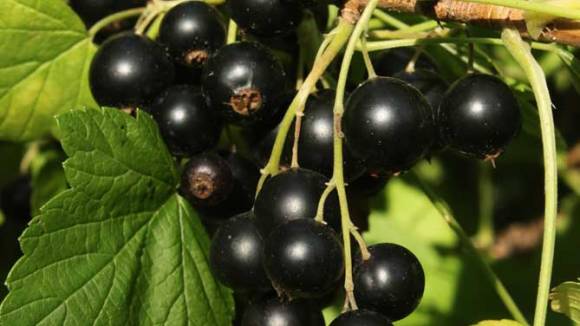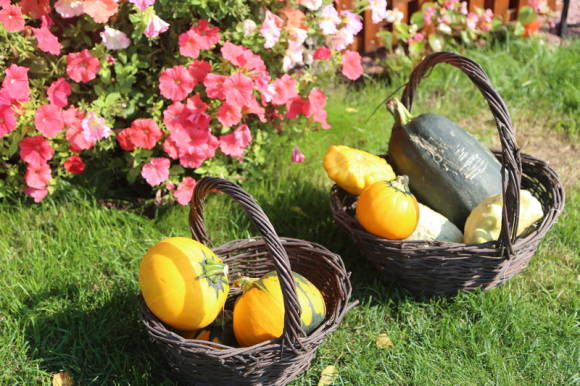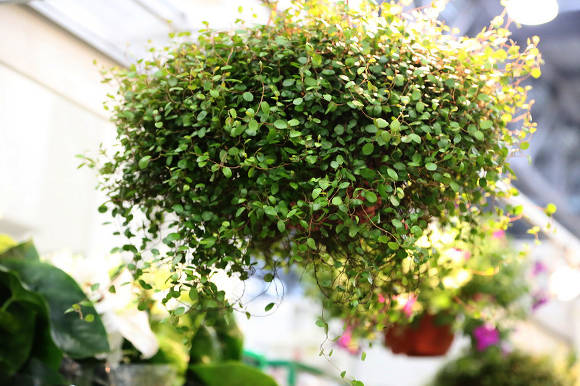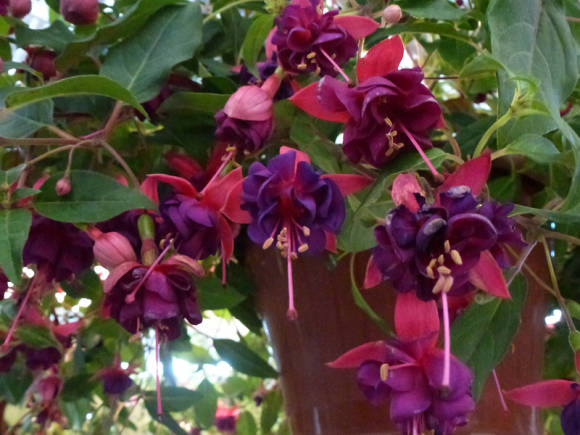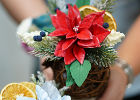This unpretentious plant is often grown in city flower beds, especially where the scorching sun is shining and there is little moisture. The plant blooms in July and decorates the landscape until the frost. In household plots, it can be found not so often - its medium-sized inflorescences lose in competition with more lush flowers. But it is truly a versatile plant. It is suitable for flower beds, and for ridges and for borders, and for containers, but most importantly - for cutting.

"Flowers" of gomphrene are apical inflorescences-heads, the color of which is given by bright modified leaves - bracts, and small tubular carnation-like flowers are lost among them, only bunches of golden stamens are visible. In shape, the inflorescences resemble clover.

The bracts are filmy, so the cut is very good, up to 9 days, it stands in a live bouquet, and is also ideal for drying. Cut off the gomfren as soon as the inflorescences are fully open. Leaves are removed, the bare stems are tied into bunches and hung upside down in a dark, dry, well-ventilated place. The heads of the inflorescences do not disintegrate, and the dried flowers retain their attractive appearance for more than 2 years.
If low varieties are usually used for flower beds (for example, the Buddy variety mixture is widespread in our country, spherical, only 15 cm high), then usually higher varieties are used for dried flowers. Recently, gomfrena has become an industrial cut crop, varieties with a height of 40 to 80 cm have been obtained. The plants are branched, therefore, up to 15 cut stems can be obtained from one specimen.
Gomfrena belongs to the amaranth family. Karl Linnaeus borrowed for it the name given by Pliny, probably for amaranth, and mentioned in the work of the French botanist Jacques Daleshan (1513-1588), it sounded like gromphoena.
In nature, there are 133 species of gomphrene, which are common in the tropical regions of both hemispheres. But only certain species from South America, where the greatest variety of species are recorded, are of decorative value. By nature, these are perennials, but they are so thermophilic that they can only be grown here as annuals. They have been cultivated on the American continent since the 1700s.
Gomphrene spherical (Gomphrena globosa) - the most common of gomfren. It received the specific name for the spherical shape of the inflorescence with a diameter of 3-4 cm. Due to the colored bracts, they can be white, pink or purple-violet. Plant height is about 40 cm, but in warm southern regions it can reach 70 cm.
 |  |
Gomfrena Haage(Gomphrena haageana) - low, up to 30 cm. It is characterized by yellow-orange or orange-red cone-shaped inflorescences. Very thermophilic, native to Texas, New Mexico and northeastern Mexico. Heat and wind resistant.
Beginning in the late 1990s, breeders began to offer exciting new varieties, often hybrids of fuchsia gomphren and Haage (Fireworks), strawberries (Strawberry Fields), lavender (Lavender Lady).
 |  |
Growing gomphren
Growing conditions... For gomphrene, an open, sunny, heated place is selected, preferably protected from cold winds.
The soil the plant needs a loose, rich, neutral or slightly alkaline (pH 6.1-7.8). It must be drained, without moisture stagnation.
Care... Gomfrena can be attributed to low-maintenance plants. Top dressing is required only for young plants. Later, they can only harm, depriving the plant of flowering.
By the way, flowering is highly dependent on weather conditions. In a cold, rainy summer, the plant may not bloom at all, especially the Haage gomphrene.
Watering is necessary only for young plants, and developed plants are watered only in severe drought. It should be watered at the root so that water does not get on the leaves, otherwise stains may appear on them.
Pests and diseases. It is important that gomphrene is almost immune to pests and diseases.
Reproduction of gomphren

This annual plant is grown by sowing seeds.You can sow directly into the ground (at the end of May, because it does not tolerate frost at all). But more reliable - for seedlings 6-8 weeks before the end of the frost, i.e. late March-early April. It is useful to soak the seeds for 1-2 days to increase germination. Sow them in excess, because seedlings germinate slowly and uncommonly.
The seeds are light-sensitive, so they are not sealed, but only lightly sprinkled with vermiculite and germinated in the light. At a temperature of + 22 ... + 24 ° C, seedlings appear on the 10-14th day.
After the appearance of the first leaves, reduce the humidity, avoid lowering the temperature below + 10 ° C.
They are planted in open ground when the danger of frost has been completely passed.
For planting, you can use areas freed from early small-bulb ephemeral plants. Zinnia, Salvia, Tittonia, and Dahlias are good partners for Gomphrena.
